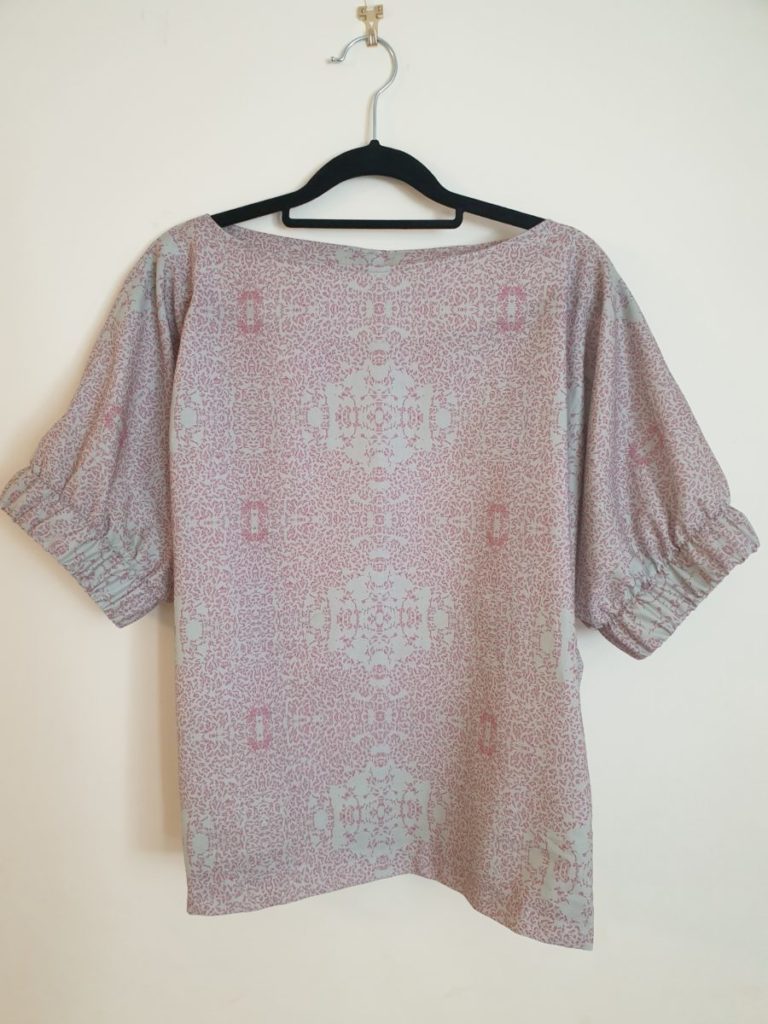How can knitting possibly help you learn science? I’m going to show you some examples of how my neurodivergent brain uses crafting to help me engage and learn.
Today I’m expanding on the topic because it raises some important points about how neurodivergent individuals may learn and generate knowledge differently to the accepted norm.
In school, learning starts with theory. In higher education, there’s lots of this. You do theory, a bit of practice, then reflect about the practice, then theorise again.
Now I’ve accepted I’m never going to be a brilliant scholar, but I am an amazing crafter. Earlier this week, my OneDrive “memories from this day” gave me a fantastic example of how my ADHD works.
Two years ago I was working on a funded project, looking at bacterial cells down a microscope. The colours and formations were beautiful, and I immediately thought they would make wonderful prints. Within 20 mins I had images on the one drive of my mobile phone and was ordering fabric to be printed. Two days later, I was sat at my sewing machine into the early hours making my Gram stain TAL cuff top (see picture below).
The process was invigorating, going from science lab to makers bench in a few days, it was great fun. The product however was not so good. I had no knowledge of textile printing, or photography, so the image I used just didn’t work well on a fabric. I got lots of pity likes for that project. So was it a terrible failure? Hell no! It’s still one of my favourite crafted pieces. It’s prototype 1, generation 1, beta test, first edition.
I learned so much from every step of that process. It was two years ago and I could repeat the process tomorrow and implement every improvement needed just from memory. More incredibly, every time I think back to the project, I remember my acetobacter, I remember the flowers they were extracted from, the colours and smells of acidic alcohol mix they produced in the lab. All of these sensory experiences helped to build up my knowledge of the bacterial strains I was studying.
And that is how I motivate myself to learn science. Accepting there is always a need to do some theorising, but mostly by doing and experiencing.
The first cycle of crafting is my background research. Having sensory experiences and building muscle memory helps me generate and consolidate knowledge. In the same way that reading text and writing essays helps other people learn. Experimenting is one of the reasons I fell in love with science.
But in my case, where ADHD gives, autism takes away. My difficulties with written language mean that I am not an avid science writer, the final step in the process of academic success.
Thankfully, society seems so be coming to a new understanding about neurodiversity. Individuals like me, who are desperate to contribute but feel hindered because we don’t fit in the mould, are about to have our renaissance.
All of my posts are opinion based, as I can only talk about my own experiences of ADHD and autism. But listening to the voices of other neurodivergent individuals has allowed me to see the commonality between us. And that helps me to feel less alone in the world.
Anyhoo, have a peep at prototype 1 below and, if you feel brave enough, post one of your own…


Hi Helen,
Man, that’s really nice, the jumper and the story! Obviously, I disagree about the ‘brilliant scholar’ stuff: you’re just in a difficult environment to flourish in your research. Thank you very much for sharing!